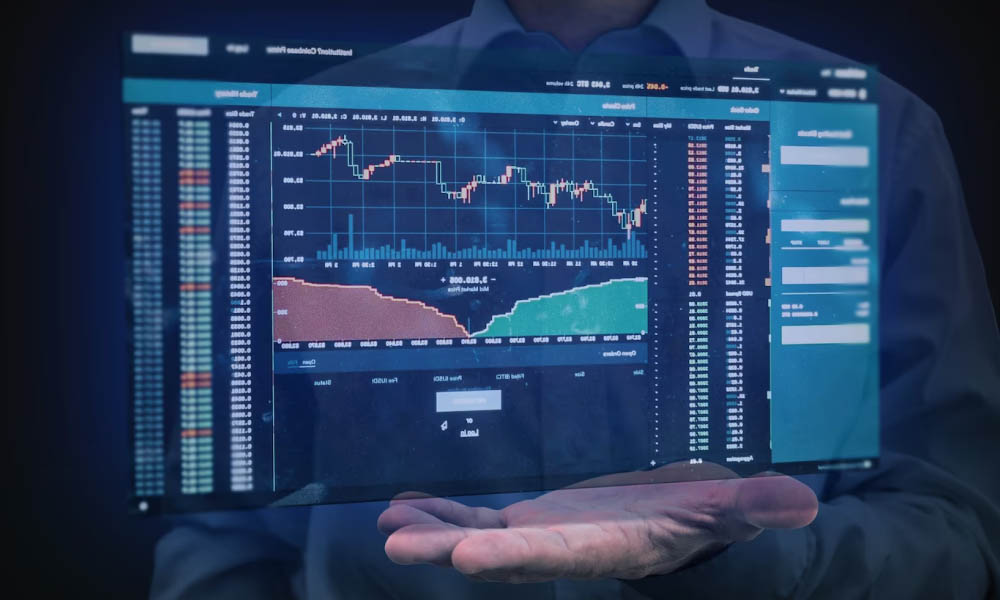
Understanding Crypto Trading Volume Tools
In the ever-evolving world of cryptocurrency, understanding market dynamics is crucial for successful trading. One of the key indicators that traders use to gauge market momentum and sentiment is trading volume. Crypto trading volume tools provide invaluable insights that can help you make informed decisions in your trading strategies. In this article, we will delve into various tools available for tracking trading volumes, their significance, and how you can effectively use them to improve your trading outcomes. For a deeper understanding of trading methodologies and account verifications, you can refer to this article Crypto Trading Volume Tools http://www.zntrans.sk/2024/10/17/how-did-we-get-there-the-history-of-verify-exness-account-for-deposits-told-through-tweets/.
What is Trading Volume?
Trading volume refers to the total number of shares or contracts traded for a specific security or market during a given time period. In the context of cryptocurrency, trading volume is a critical metric that reflects the activity of buying and selling across different exchanges. High trading volume typically indicates strong interest in a particular cryptocurrency, while low volume might suggest stagnation or a lack of interest.
The Importance of Trading Volume in Crypto
Understanding trading volume is vital for several reasons:
- Market Sentiment: Trading volume can often serve as a barometer for market sentiment. Increased buying volume can indicate bullish sentiment, while increased selling volume may suggest bearish sentiment.
- Liquidity Measurement: A higher trading volume usually corresponds to better liquidity, making it easier to enter and exit positions without significantly affecting the asset’s price.
- Trends and Signals: Many traders analyze volume to identify potential trend reversals or continuations. For example, if price movements are accompanied by increasing volume, it might signal a strong trend that is likely to continue.
Essential Crypto Trading Volume Tools
Several tools and platforms can help traders analyze crypto trading volumes effectively. Here are some of the most widely-used tools available:
1. CoinMarketCap

CoinMarketCap is a comprehensive crypto market data aggregator that provides real-time information about market capitalization, prices, and trading volumes for thousands of cryptocurrencies. Users can view trading volumes across different exchanges for any given cryptocurrency, allowing them to make informed decisions.
2. TradingView
TradingView is a popular charting platform that offers advanced charting tools and social networking features for traders. Users can customize their charts by adding volume indicators, such as the On-Balance Volume (OBV) or Volume Profile, to analyze trading activity in depth.
3. CryptoCompare
CryptoCompare provides detailed information on cryptocurrency prices, trading volumes, and market capitalization. It includes an advanced data analysis feature, enabling users to compare trading volumes across exchanges and view historical data for better decision-making.
4. Glassnode
Glassnode is an on-chain analytics platform that provides insights into network activity and trading volumes for various cryptocurrencies. It focuses on the analysis of blockchain data, allowing traders to understand market behavior through various on-chain metrics.
How to Use Volume Indicators
Incorporating volume indicators into your trading strategy can lead to more nuanced insights and better decision-making. Here are some popular volume indicators and how to use them:
1. Volume Moving Average

By calculating the moving average of volume over a specific period (e.g., 20 days), traders can identify trends more easily. If the current volume exceeds the moving average, it may indicate increasing interest in the asset.
2. On-Balance Volume (OBV)
OBV combines price movement and volume into a single metric that indicates whether a security is being accumulated or distributed. A rising OBV suggests accumulation, while a falling OBV indicates distribution.
3. Accumulation/Distribution Line
This indicator measures the relationship between price and volume to determine whether a security is being accumulated or distributed. If the price is rising and the accumulation/distribution line is also rising, it indicates that buyers are in control.
Best Practices for Analyzing Trading Volume
To effectively analyze trading volume, consider the following best practices:
- Combine with Other Indicators: Relying solely on volume can be misleading. Always use volume analysis in conjunction with other technical indicators and price action to enhance accuracy.
- Watch for Divergences: Pay attention to divergences between price and volume. For instance, if the price increases but volume decreases, it may signal a potential reversal.
- Consider Timeframes: Different timeframes can provide unique insights. Analyze trading volume across various timeframes (e.g., daily, weekly, monthly) to capture both short-term and long-term trends.
Conclusion
In the world of crypto trading, understanding and utilizing trading volume tools is essential for making informed decisions. Whether you’re a novice investor or an experienced trader, integrating volume analysis into your strategy can enhance your ability to identify market trends and sentiment. By leveraging various tools and indicators, traders can gain a competitive edge in this volatile marketplace. Start exploring these tools and watch how they transform your trading experience!
